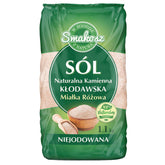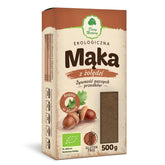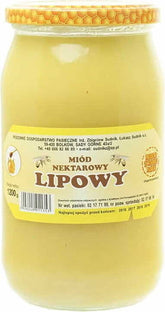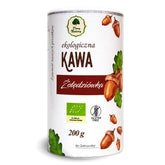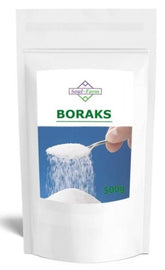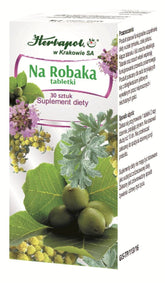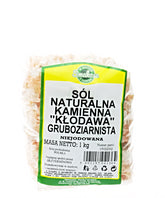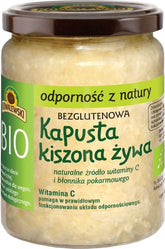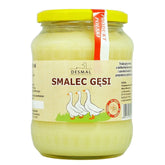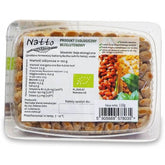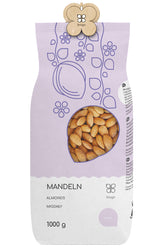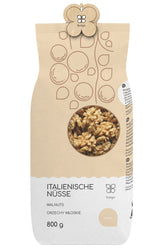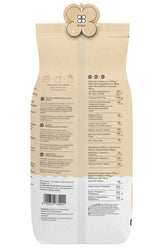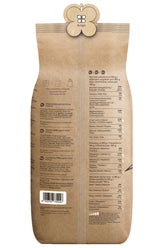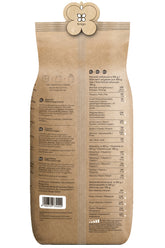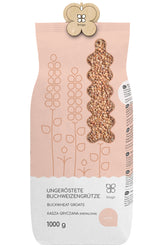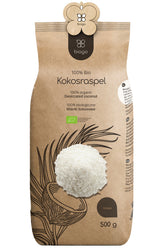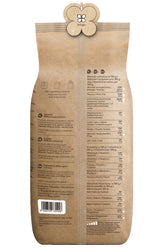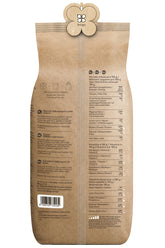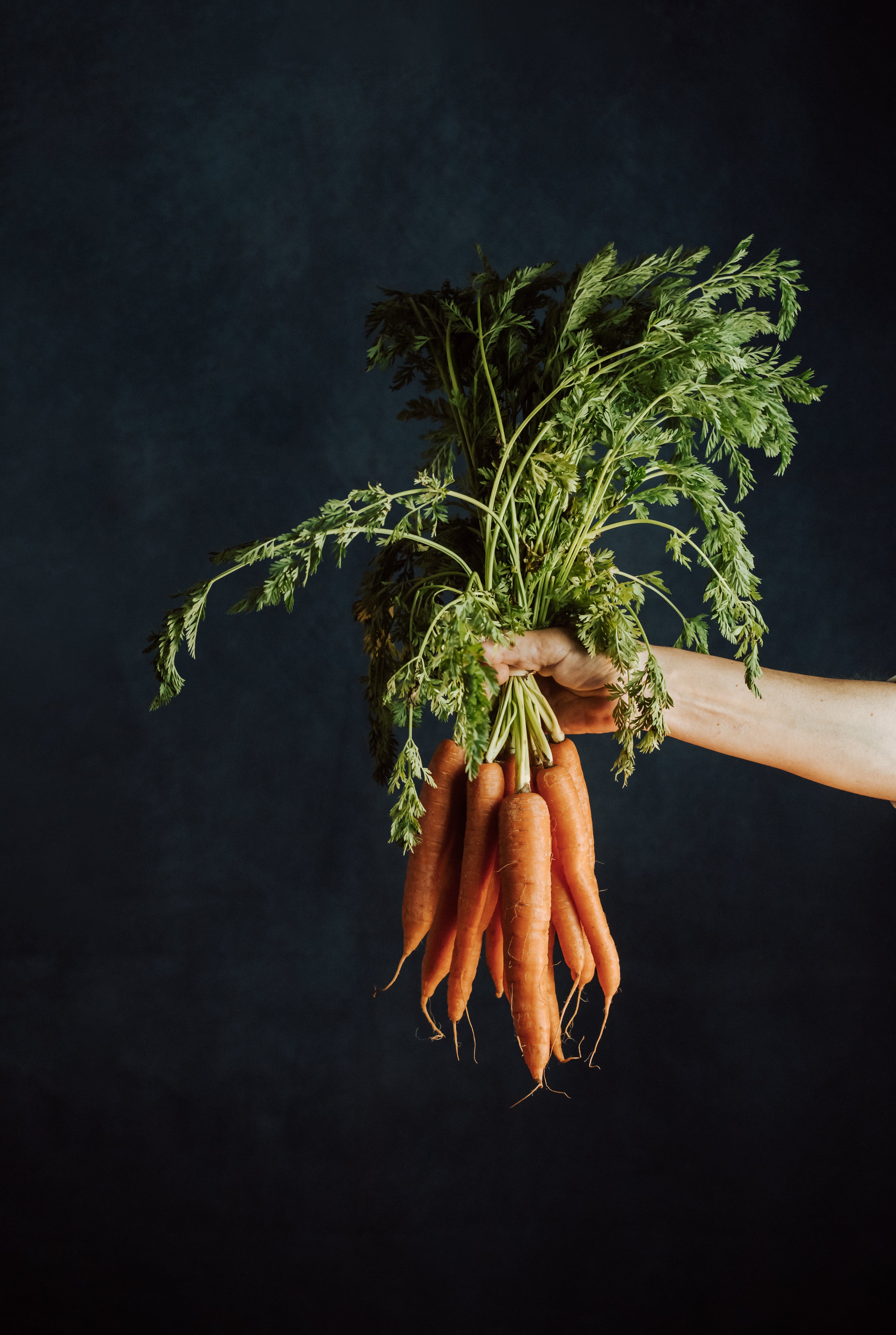Currant season – how can we use currants in the kitchen?
Currant season – how can we use currants in the kitchen?
Table of contents:
The past summer months have been the season for white, red, and black currants . Now is the perfect time to make wonderful jams, enjoy their unique flavor throughout the fall and winter, and provide your body with the vitamins it needs.
Properties of currants
Blackcurrants contain the most valuable nutrients and fiber. They are also the longest - lasting. However, they have a distinctive flavor and aroma, which is why we often choose them in the form of jams and juices. They can also be added to dry dishes, as an additive to cheese and meat. In our climate, they are among the healthiest fruits. Just 100 g of these fruits contain a whopping 180 mg of vitamin C, which covers almost 300% of the daily value. Blackcurrants also contain anthocyanins, so they are especially worth eating when we are struggling with stomach upsets and urinary tract infections. In addition, they are a source of vitamin A, B vitamins, magnesium, calcium, potassium, iron, lutein, iodine, manganese, pectins, and tannins. They work:
- Anti-inflammatory
- antibacterial,
- Antiviral.
Red and white currants , although lower in fiber than the black variety, contain high levels of pectin, making them excellent jams and jellies. Their flavor is refreshing; they can be eaten raw, but can also be used in cakes, added to ice cream, and other desserts. Both black, white, and red currants can be successfully frozen. They retain most of their nutrients. Red currant:
- support the work of the immune system,
- provide relief from gastrointestinal complaints,
- have calming and pain-relieving properties,
- refresh and support the appetite,
- Thanks to the high content of pectins, they support the work of the intestine, cleanse it of toxins,
- low blood pressure due to the high potassium content.
White currants are a source of vitamins A, C, and E , and they contain high levels of calcium, potassium, iron, zinc, and manganese. Eating them helps strengthen the immune system and is part of the prevention of strokes and heart attacks. They also have a diuretic effect.
The use of currants in the kitchen
Blackcurrants can also be added to fruit salads and even to meat and cheese. Although it's obvious that if we want to enjoy all the benefits currants offer, including all their valuable nutrients and vitamins, it's best to eat them fresh. Their season is relatively short, however, so it's worth freezing and preserving them, especially since they taste delicious this way. Blackcurrant jam or blackcurrant juice on a frosty winter day will remind us of the flavors of summer. You can make the following from currants:
- sorbets,
- yeast cake,
- jams,
- Compotes,
- Juices,
- Jellies,
- Jelly,
- Tinctures.
Blackcurrant juice is especially valued for its effectiveness in cases of weakness and convalescence, as well as anemia. It is often used in the fall and winter for the prevention of colds and as a supportive treatment for flu, angina, inflammation of the upper respiratory tract, as well as arthritis and rheumatism. Blackcurrant juice also has a positive effect on hair and teeth, supports kidney function, and accelerates the process of cleansing the body of toxins.
THE PUBLISHER'S CHOICE
Almonds 1 kg BIOGO
- €11,69
€13,75- €11,69
- Unit price
- / per
Walnuts 800 g BIOGO
- €8,65
€10,18- €8,65
- Unit price
- / per
Dried organic mango 400 g BIOGO
- €10,99
- €10,99
- Unit price
- / per
Dried White Mulberries 500 g ORGANIC
- €5,84
€6,87- €5,84
- Unit price
- / per
Dried organic figs 800 g BIOGO
- €30,12
- €30,12
- Unit price
- / per
Unpeeled buckwheat groats 1 kg BIOGO
- €2,81
€3,31- €2,81
- Unit price
- / per
Organic coconut flakes 500 g BIOGO
- €10,07
- €10,07
- Unit price
- / per
Organic oat flakes 600 g BIOGO
- €3,77
- €3,77
- Unit price
- / per

